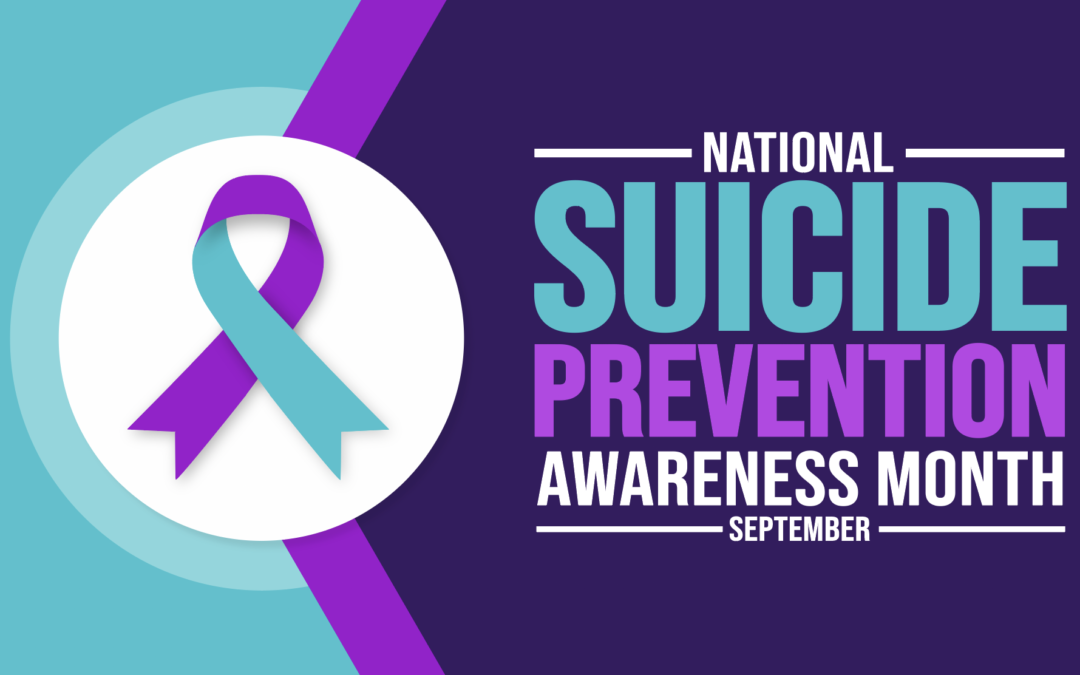Youth suicide is a growing concern, affecting millions of families across the world. The Center for Disease Control reports that in 2021 suicide was the second leading cause of death for people ages 10-14 and 20-34. In our own community, 18% of high school students report experiencing thoughts of suicide in the past year (CHKS, 2021/2022).
The reasons behind these alarming statistics are multifaceted. Issues such as bullying, academic pressure, trauma, substance abuse, mental health challenges, and the stigma surrounding mental health treatment are some of the many contributors to this crisis.
September is Suicide Prevention Awareness Month, and this sets the stage for advocates, mental health professionals, and survivors of suicide nationwide to come together to spread messages of hope and information about how we can create change in our communities.
The first step towards addressing youth suicide is breaking the silence that often surrounds it. Open dialogue, empathy, and destigmatizing discussions about mental health are crucial in fostering an environment where struggling youths feel comfortable seeking help. Schools, parents, and communities play a pivotal role in creating this supportive atmosphere. Initiatives like mental health education programs, peer support groups, and school-based counseling services are essential in encouraging young individuals to share their thoughts and feelings.
Prevention begins with early intervention. Teaching young people coping skills and how to manage emotions is critical. We also can learn how to recognize the signs of distress and depression in young people. Mood swings, withdrawal from social activities, changes in sleep patterns, and a decline in academic performance can all be indicators of mental health issues. You can learn more about signs and symptoms at asfp.org. It’s crucial that parents, teachers, and friends reach out and offer support when they notice these signs. Encouraging young people to seek professional help can be a life-saving step. Talking about suicide can feel scary, but you do not have to be a mental health expert to let somebody know you are there for them.
The power of connection cannot be overstated, as one smile, one acknowledgement, one hello, can be enough to show a person going through a difficult time that they are not alone. A young person’s problems likely look very different from your own, but that doesn’t mean that you cannot connect with them over the things in their life causing them distress. Being able to sit with a young person, giving them the space to share their experiences without judgment, or shame, is one of the best gifts we can give to them.
Rather than supporting suicide awareness and prevention for one month per year, we ask that you consider supporting organizations that are providing the services of suicide awareness and prevention all year long. Every person we lose to suicide is one too many, and the Wellness & Prevention Center is committed to helping as many people as we can get connected to the services they need. We can be reached at 949-649-9460 and info@wpc-oc.org or you can call 211 to get connected to health and human services in Orange County. You do not need to be in a crisis to be deserving of support from a mental health professional.
To anyone who might be struggling: you are loved, you are needed, and most importantly, you are not alone. Please reach out for support. You deserve it.
If you or someone you know is struggling or in crisis, help is available. Call or text 988 or chat 988lifeline.org to reach the suicide and crisis lifeline. Call or text the NAMI OC Warmline, available 24/7, at 714-991-6412. Call 911 if it is a life threatening emergency.
